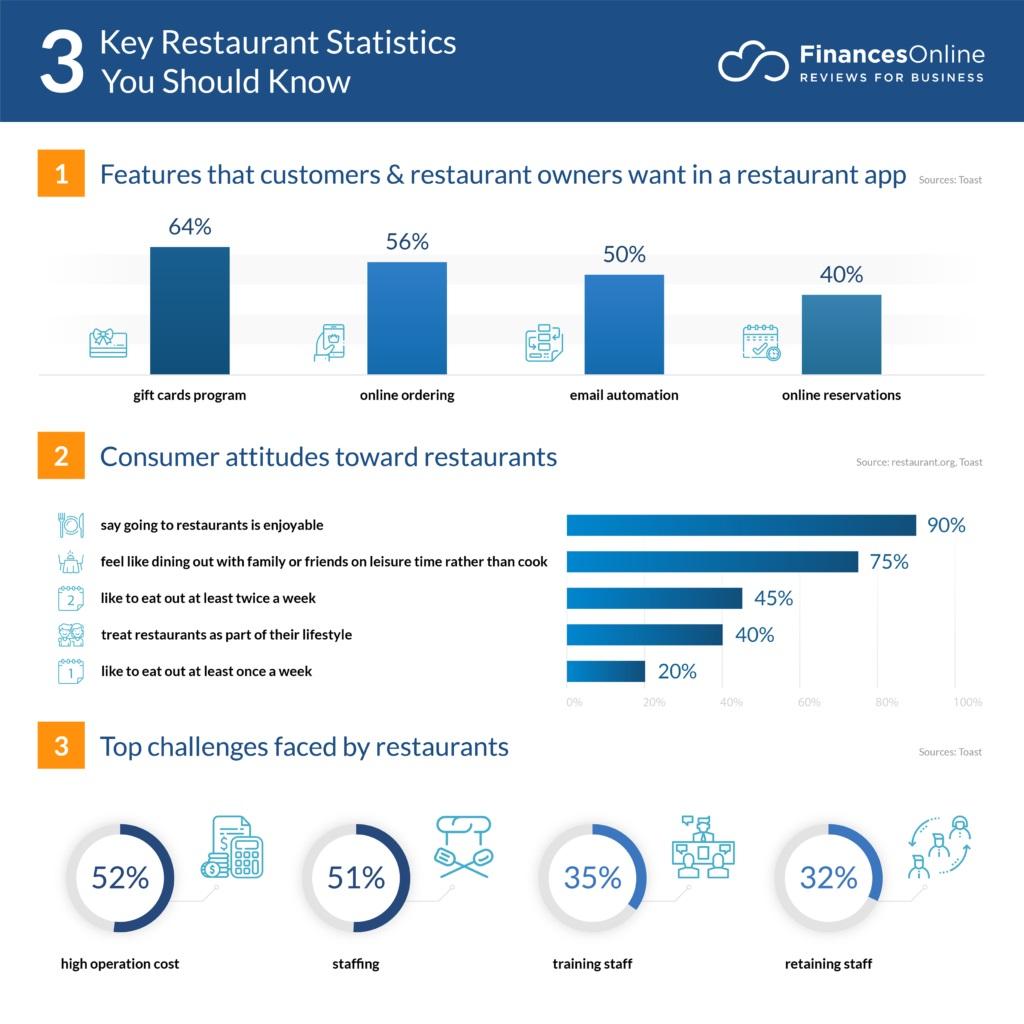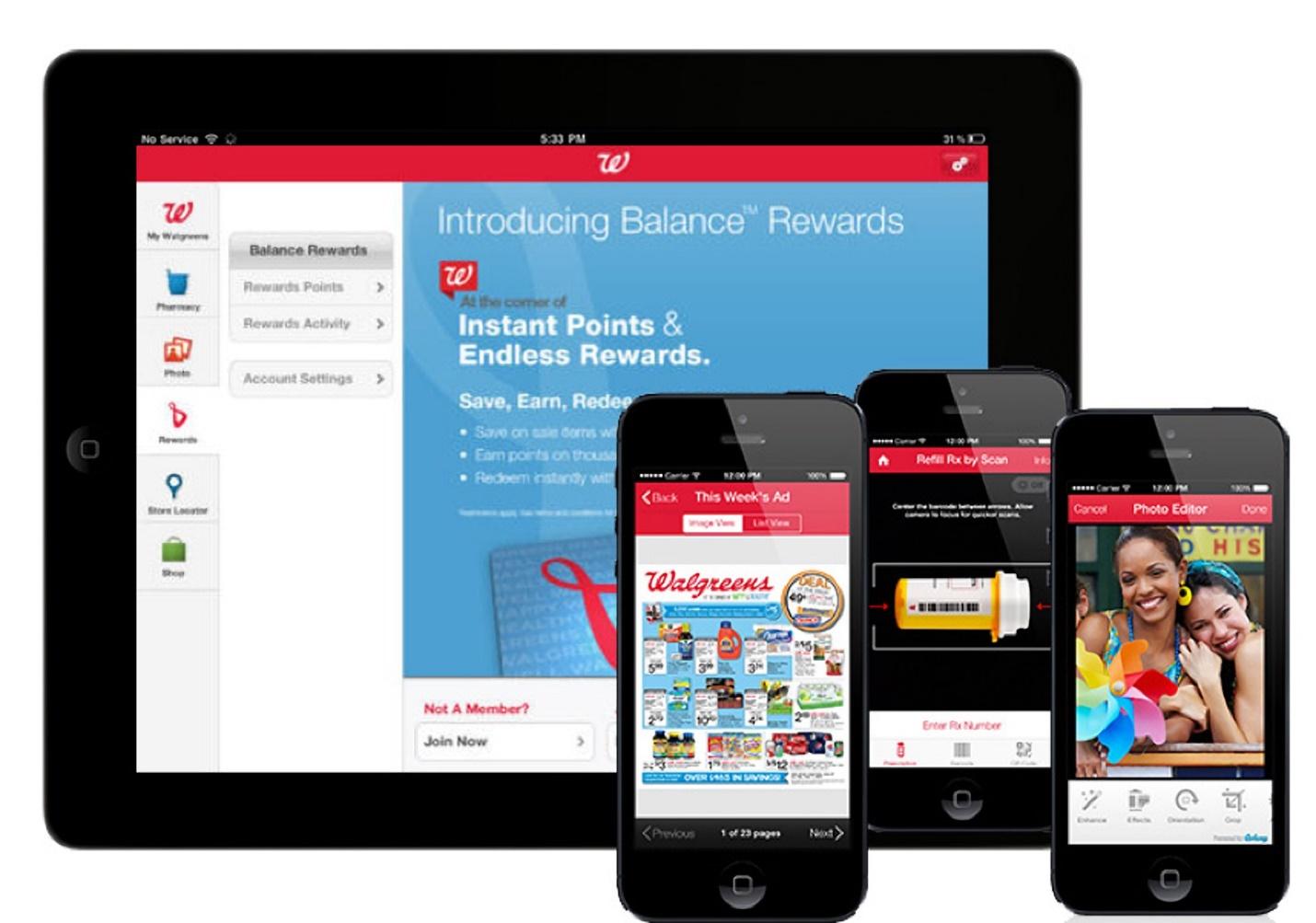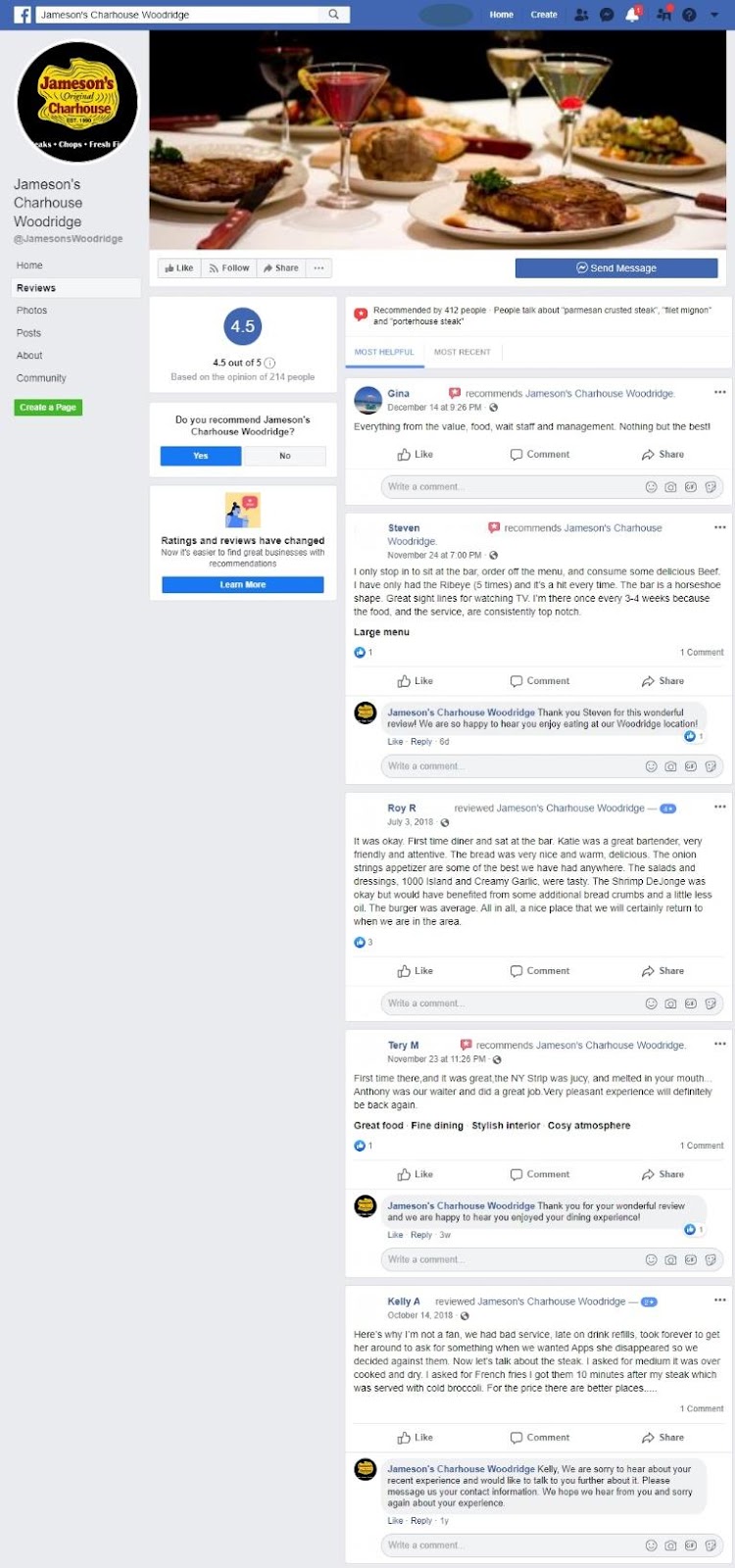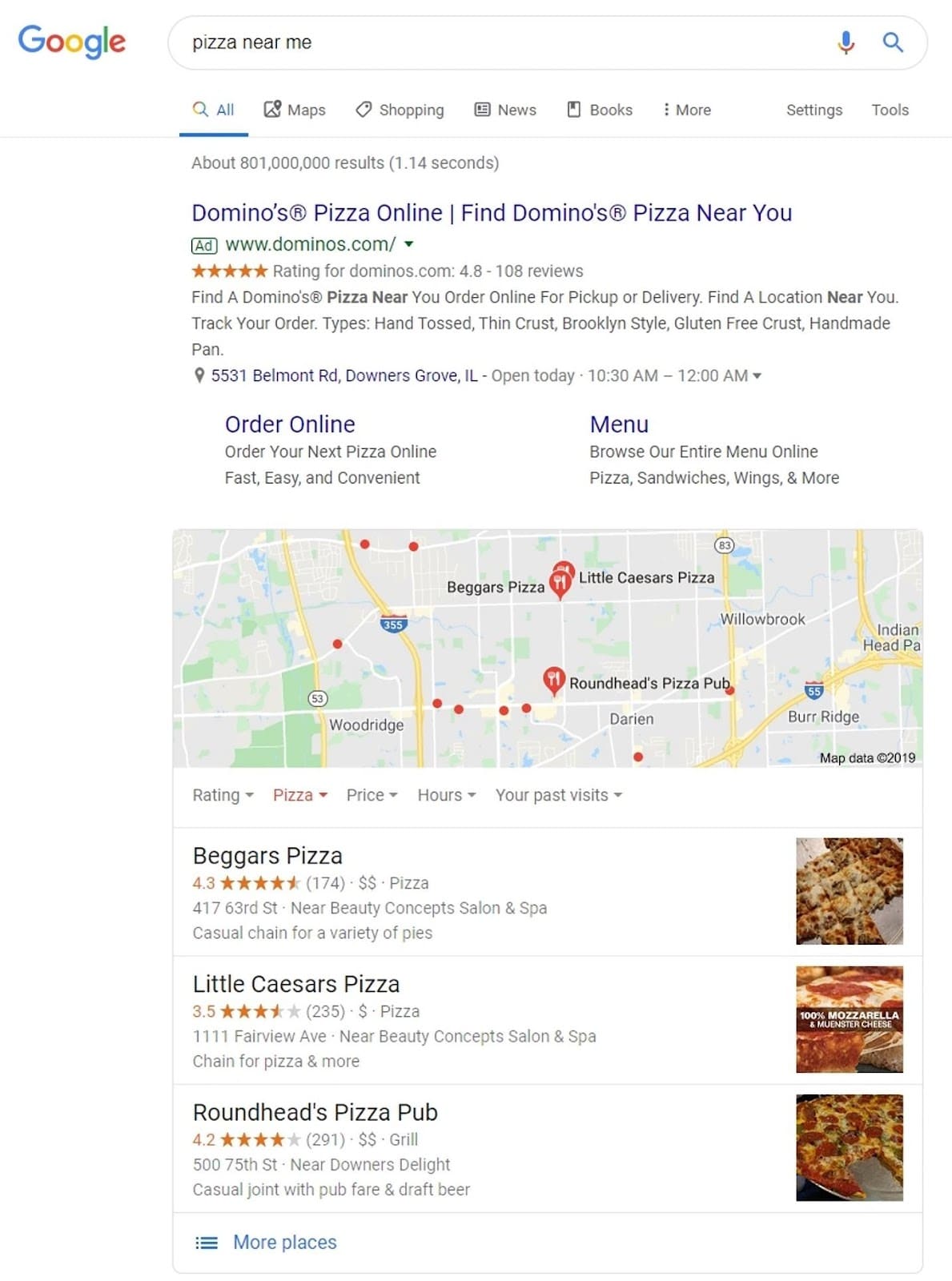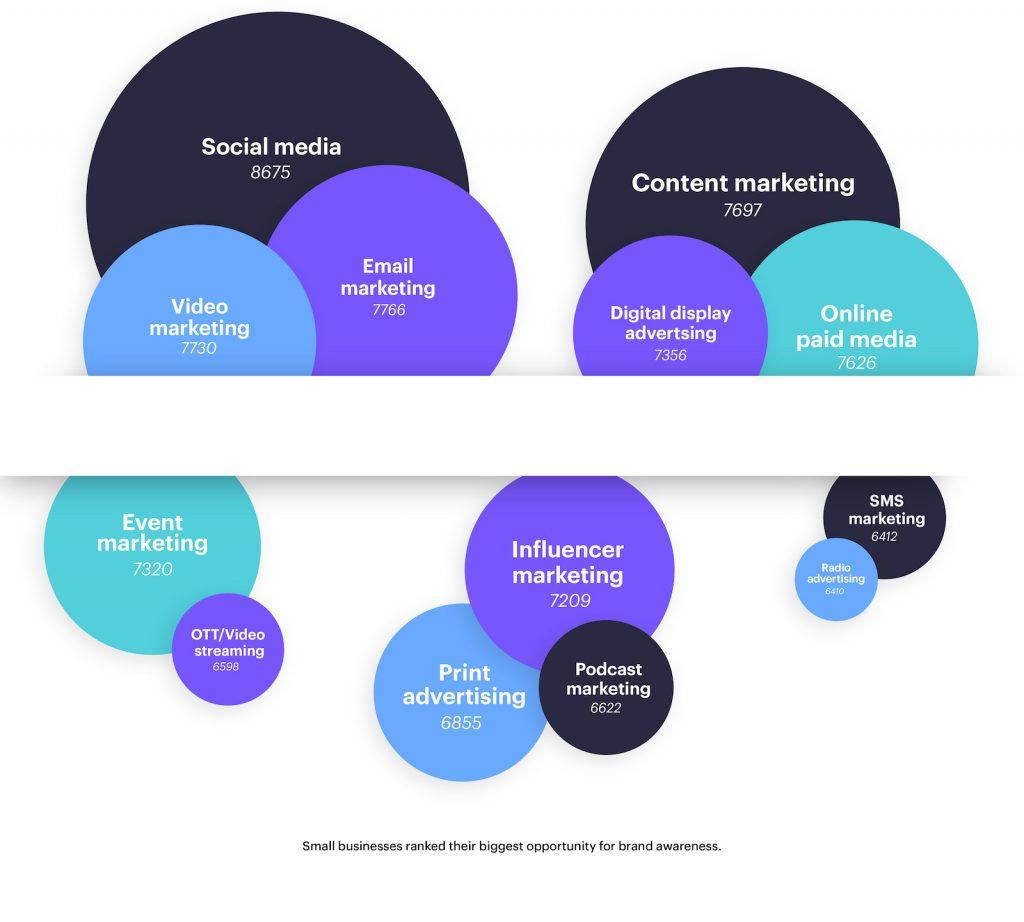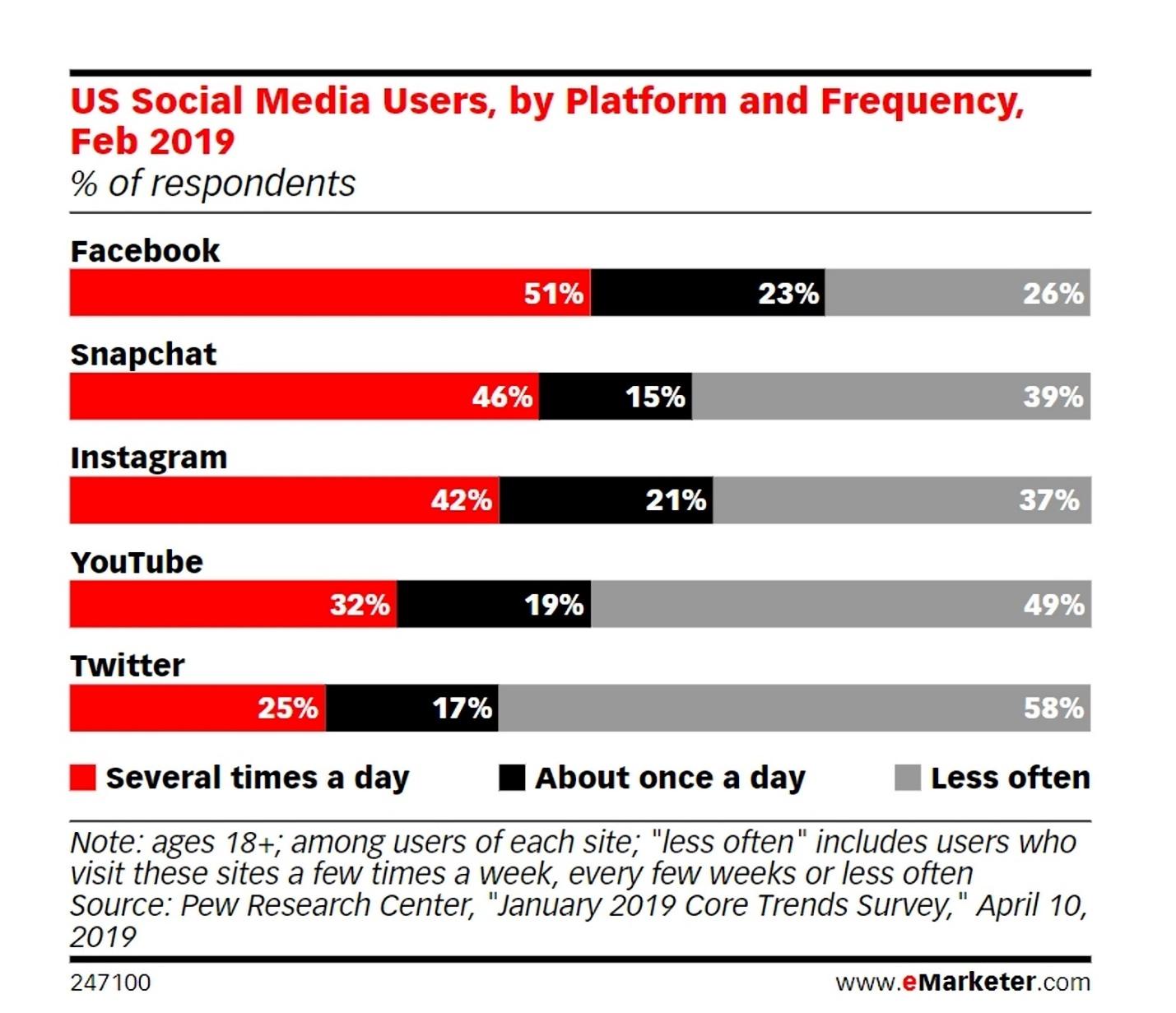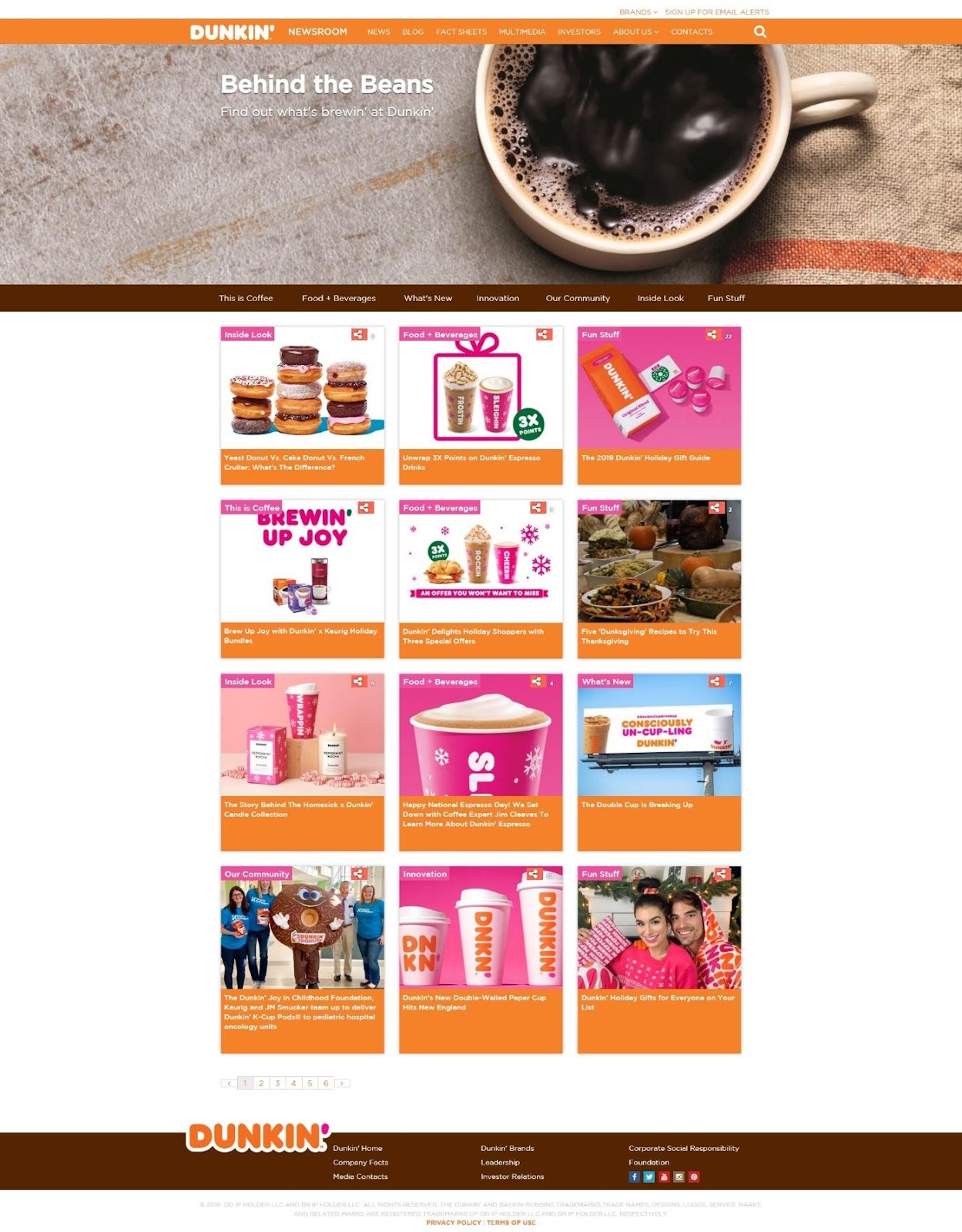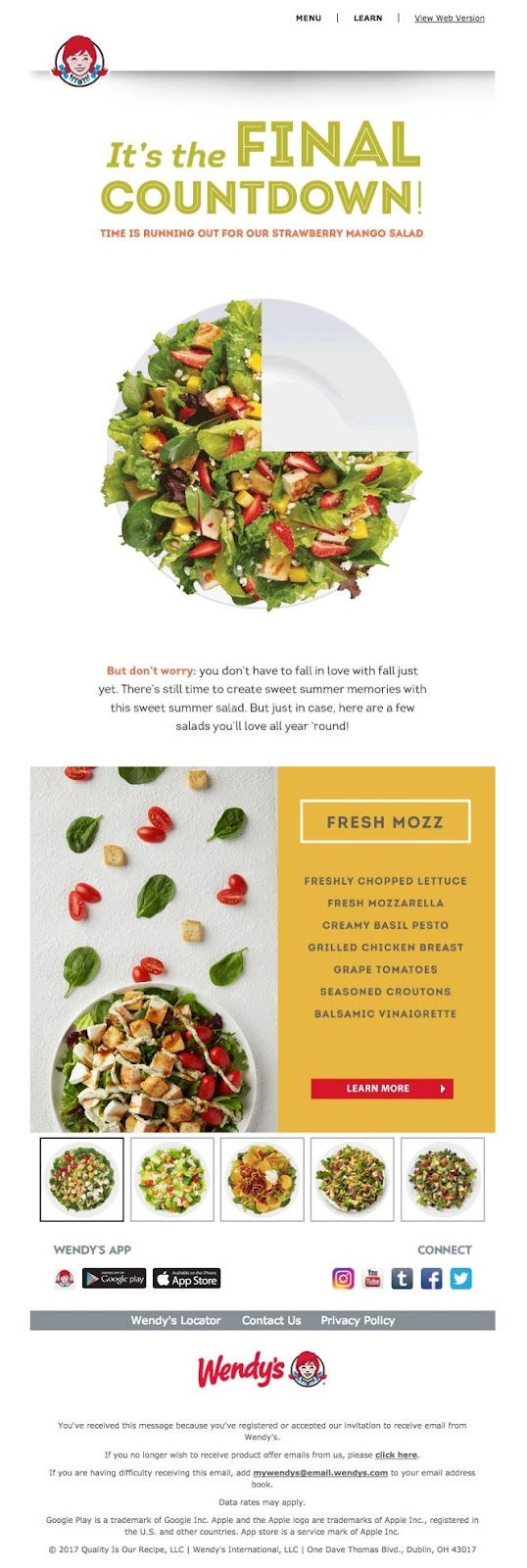The essential guide to marketing for restaurants in 2020
A new year is a time of change – a time to start off fresh with a clean slate. Brands everywhere are taking a close look at their marketing strategy, and that includes marketing for restaurants.
If it’s time to revisit your restaurant’s marketing strategy, you’ll need to ask yourself and your team:
-
What worked last year?
-
What didn’t?
-
Where/what can we improve?
During this strategy audit, make sure you prepare yourself for the marketing trends to come.
Not sure what those trends are? No worries – just keep reading.
3 best practices you should adopt
Those that are marketing for restaurants know they walk a fine line. Not only are they catering to a large audience, but they also must be careful not to overwhelm their audience with promotional content.
This is why it’s vital to know your audience and what they want from you.
Source: Finances Online
Customer satisfaction plays heavily in the success of a restaurant. Knowing what your customers want is only the tip of the iceberg – finding out how to best reach them is the sweet spot.
Make sure you and your marketing staff carefully consider the following three best practices when working on your marketing for restaurants.
1. Take an omnichannel approach
One of the most important changes to come this year in marketing for restaurants is the omnichannel approach.
An omnichannel approach is different from a multichannel marketing approach. While the two share similarities, they’re not the same.
-
Multichannel marketing refers to a brand’s ability to communicate with their audience using several communication channels. Every channel is its own entity, and there’s no real cohesion among them.
-
Omnichannel marketing also uses multiple channels to communicate with an audience, although these channels are typically connected to a singular, holistic user-centric structure.
An excellent example of a brand using the omnichannel approach is Walgreens and its Balance Rewards program.
Source: Walgreens
In this example, Walgreens allows their customers to take advantage of the loyalty program from wherever it’s convenient for them. That means Balance Reward members can check their prescription status, the weekly ad, or their rewards points from any device.
They can also go into the store and use their rewards points, or they can use them while shopping online at Walgreens.com. They can refill their prescription through the app, by phone, or in-store.
No one channel is made more prominent than the other. They are each used to create one cohesive experience. This is an ideal omnichannel approach. The end goal is the same across each channel: To provide excellent customer service to all Balance Rewards members.
2. User-generated content is a must
User-generated content (UGC) is an excellent tool that’s often neglected by many marketing professionals. When it comes to marketing for restaurants, it should be considered a must-have.
UGC is any sort of content that a consumer shares online. This content can come in many different forms, including:
-
Videos
-
Reviews
-
Posts
-
Social media check-ins
-
Images
Those marketing for restaurants already know the importance of customer reviews, but they rarely put them to good use. Consider adding user reviews to your email marketing campaign, just as Grubhub did in the following example.
Source: Really Good Emails
Another excellent example of UGC can be seen on the Jameson’s Charhouse Facebook page.
Source: Jameson’s Charhouse Woodridge
Why UGC? Because customers trust online reviews as much as, if not more than, a recommendation from their loved ones (84% of them, to be exact).
UGC is free content that your marketing team doesn’t have to spend precious time and resources on. For that reason alone, you should put UGC to good use.
3. Put a heavy emphasis on local SEO
When marketing for restaurants, search engine optimization (SEO) is a big piece of the puzzle – most marketers know this. But when it comes to local SEO, many aren’t as familiar with its best practices.
Local SEO is the practice of optimizing your marketing content for a local audience. This is particularly important when it comes to your online presence.
How does your team go about emphasizing local SEO during their marketing audit? Follow these steps:
-
Optimize for “near me” search queries
-
Include business information on various online directories (like address and telephone number)
-
Optimize long-tail keywords for local searches to be included in all online content
-
Use social media business pages with relevant directory information
Following these will help boost your overall – and especially local – traffic.
In the example below, we did a quick “pizza near me” search. We were given a variety of websites for restaurants along with a map to help us find restaurants close by.
Source: Google
Marketing for restaurants is challenging because the defined audience can be found worldwide – but the goal is to bring in local traffic. Use local SEO best practices to meet those goals.
Top marketing channels your restaurant should consider
Having a solid understanding of best practices when marketing for restaurants is only the beginning.
Once you have an idea of where you want to take your marketing efforts, it’s time to choose the best channels.
We already mentioned that it’s best to take an omnichannel approach. But that doesn’t help you narrow down your choices.
Our friends at Campaign Monitor recently did an in-depth study into the state of small business. During their study, they asked participants where their biggest opportunities were to build brand awareness, and the results speak for themselves.
Source: Campaign Monitor
While there are many channels worth investigating, Campaign Monitor’s study showed that brands have been focusing heavily on three channels:
-
Social media
-
Content
-
Email
Social media marketing for restaurants
Social media marketing presents countless opportunities. This outlet allows you to cover all the bases we mentioned earlier, including sharing UGC, opening up multiple channels of communication, and boosting your local SEO.
One area, however, that many marketers get wrong is by opening too many social media accounts at once. Sure, it’s not uncommon to see major restaurant chains with accounts across several social platforms. If you’re a smaller restaurant, it’s possible you could be investing in a platform that doesn’t do your brand much justice.
So, should you open a Facebook, Twitter, Instagram, and Snapchat profile for your restaurant?
The short answer: No.
Get to know your audience and where they spend most of their time.
Source: eMarketer
Once you know where your audience is hanging out the most, you can start building your profiles without having to worry about wasting your time and resources.
Content marketing for restaurants
Content marketing is considered a must-have for all brands across every industry. However, many marketers for restaurants lack content ideas to help them boost their audience. Sure, you can share your UGC on your social media pages and website, but you don’t have to limit yourself to just those methods.
Instead, consider other forms of content as well, like:
-
Landing pages
-
Blog pages
-
News updates
-
Brand updates
-
Product updates/launches
-
Social media posts
Dunkin Donuts does a fantastic job of sharing a variety of content on their social pages and their website’s blog.
Source: Dunkin Donuts
Email marketing for restaurants
Once you have your content, you’re going to want to share it. This is where having multiple channels is great – you can use this content in your email marketing.
When it comes to marketing for restaurants, you already know how important email is. It provides the highest return on investment (ROI) compared to every other marketing channel, and your audience is more likely to share your email content as well.
Not sure how to share your content via email? Just check out this example from Wendy’s.
Source: Really Good Emails
While they’re promoting a product, they’re doing it in an informative (rather than a promotional) way. For instance, instead of a “shop now” call-to-action (CTA), they invite their readers to learn more about the popular seasonal item.
Wrap up
With the new year comes the opportunity for a new strategy – especially when marketing for restaurants. If you haven’t already, it’s time to do a strategy audit to see what’s working and what’s not.
If you’re in charge of marketing for restaurants, here are a few best practices to keep in mind:
-
Emphasize local SEO
-
Take an omnichannel approach
-
Use UGC
Ready to take your marketing to the next level? Schedule your demo with Emma today and learn more about our suite of tools.
MOST RECENT ARTICLES
Want to engage your audience and grow your brand? Try Emma's robust easy-to-use product today.

